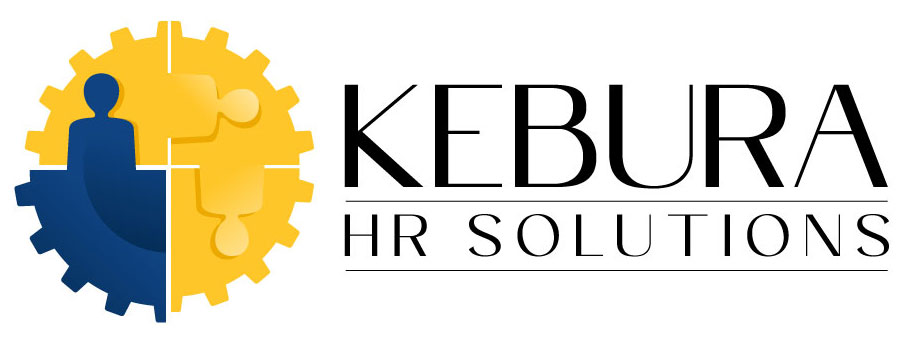The Occupational Safety and Health Act (OSHA) was signed into law in 1970 to ensure safe and healthy working conditions for employees across the United States. To carry it out, Congress created the Occupational Safety and Health Administration (also called OSHA), which sets workplace standards and enforces them through inspections and penalties.
For employers, OSHA is the cornerstone of workplace safety compliance.
What OSHA requires
At its core, the law requires employers to provide a workplace “free from recognized hazards that are causing or are likely to cause death or serious physical harm.” This is known as the General Duty Clause.
Beyond that, OSHA issues industry-specific standards covering:
-
Hazard communication (chemical safety labels and training)
-
Personal protective equipment (PPE)
-
Machine guarding
-
Fall protection in construction
-
Bloodborne pathogens in healthcare
-
Recordkeeping of workplace injuries and illnesses
Who is covered
OSHA covers most private-sector employers and employees in all 50 states. Some states operate their own OSHA-approved state plans, which must be at least as effective as federal OSHA standards.
Government employees at the federal, state, or local level are generally exempt, though some state plans extend protections to public workers.
Common OSHA violations
Every year, OSHA publishes its “Top 10” most frequently cited violations. Common issues include:
-
Lack of fall protection in construction
-
Inadequate hazard communication (missing labels, no training)
-
Unsafe scaffolding or ladders
-
Poor respiratory protection programs
-
Machine guarding violations
-
Electrical wiring hazards
Even in low-risk industries, recordkeeping failures and lack of training are frequent violations.
Penalties for noncompliance
OSHA penalties can be steep:
-
Serious violations: up to around $16,000 per violation (adjusted annually)
-
Willful or repeated violations: more than $161,000 per violation
-
Failure to abate: daily fines until the hazard is corrected
On top of the financial cost, citations can hurt your company’s reputation and employee trust.
How to stay compliant
- Identify hazards – Conduct regular safety inspections in your workplace.
- Train employees – Provide safety training specific to their job duties.
- Maintain records – Track workplace injuries and illnesses using OSHA Forms 300, 300A, and 301.
- Provide PPE – Ensure proper protective gear is available and used.
- Stay updated – OSHA standards change; subscribe to updates for your industry.
How Kubera HR Solutions can help
At Kubera HR Solutions, we work with employers to review safety policies, train managers, and audit compliance with OSHA standards. We help you identify risks before they become violations, strengthen your safety culture, and avoid costly fines or workplace accidents.
